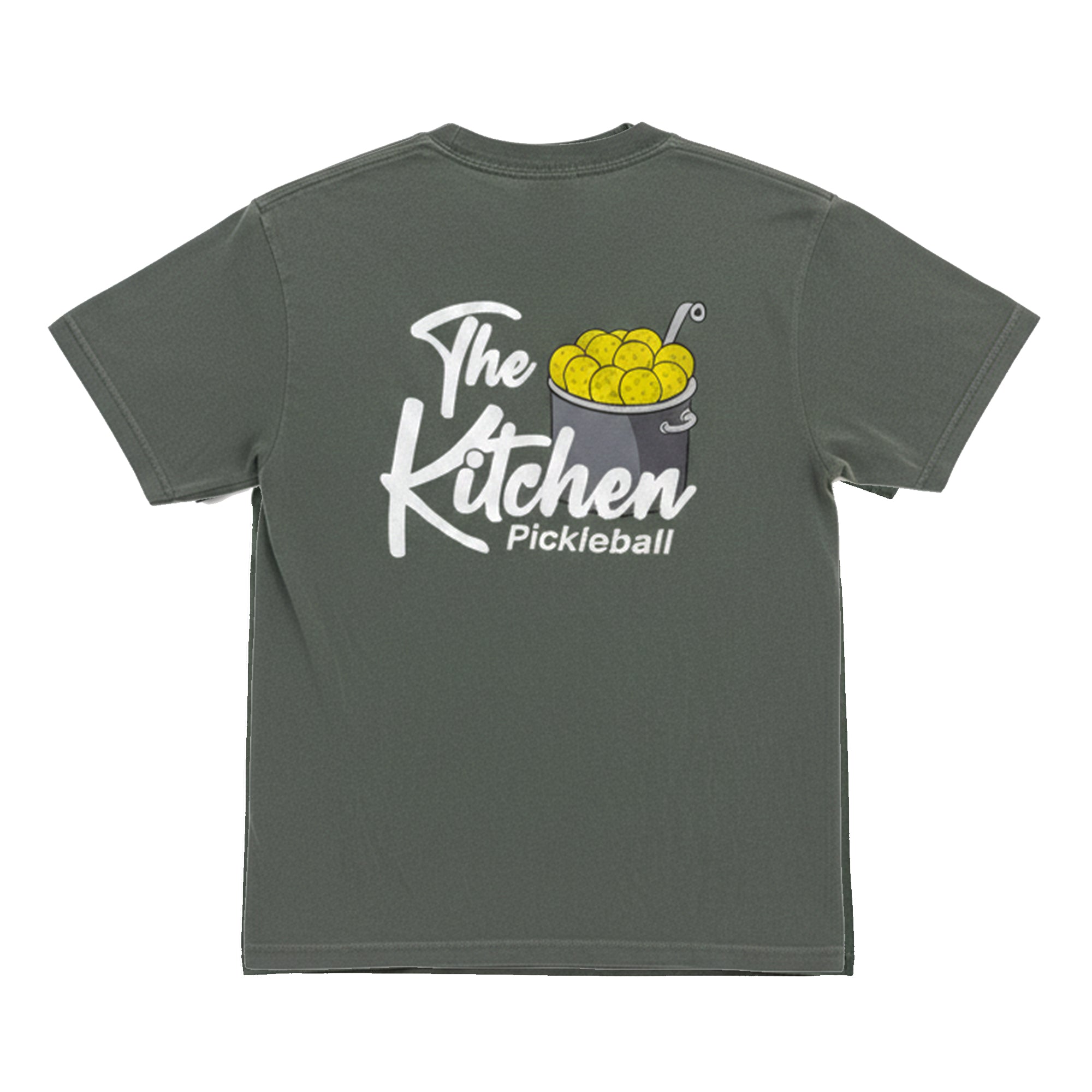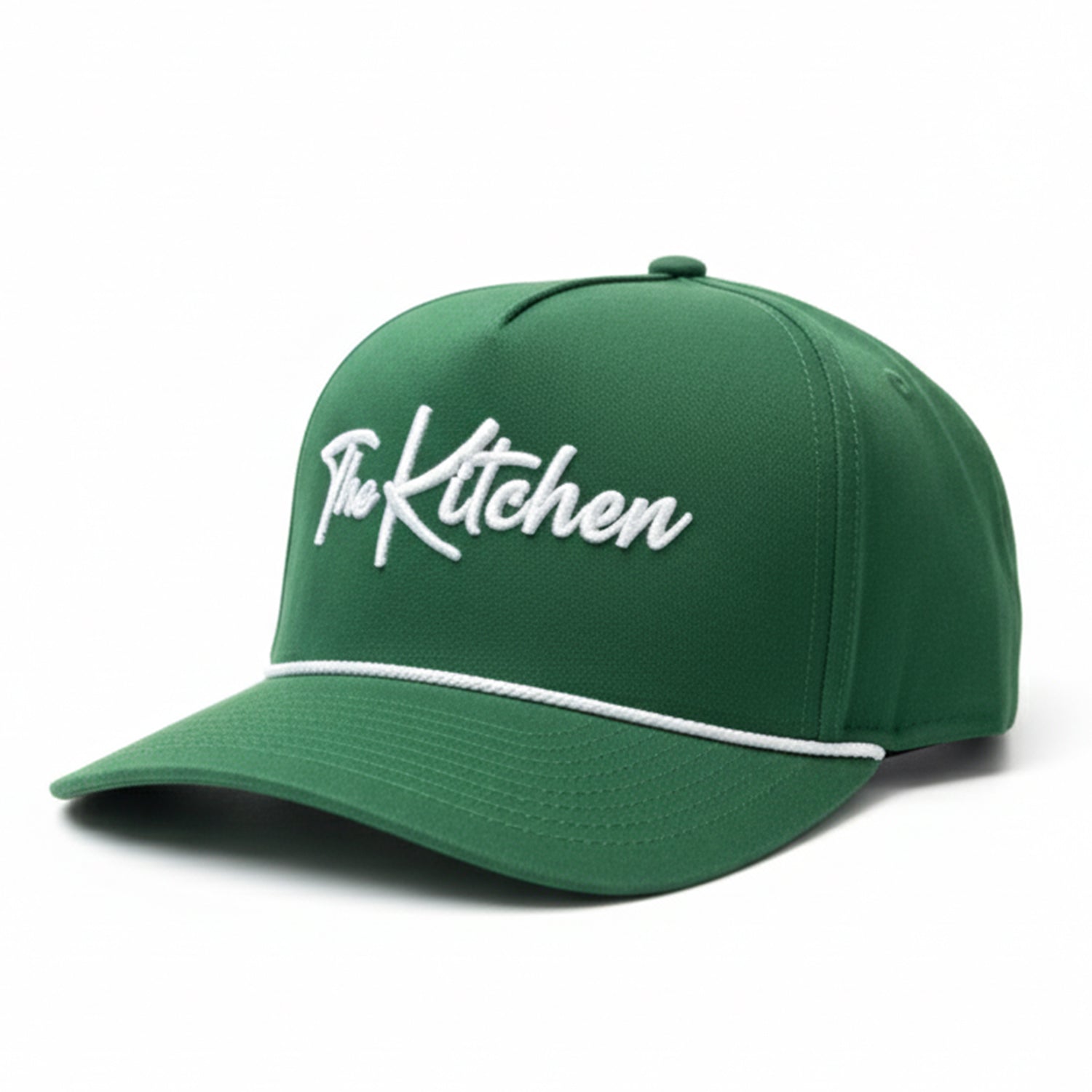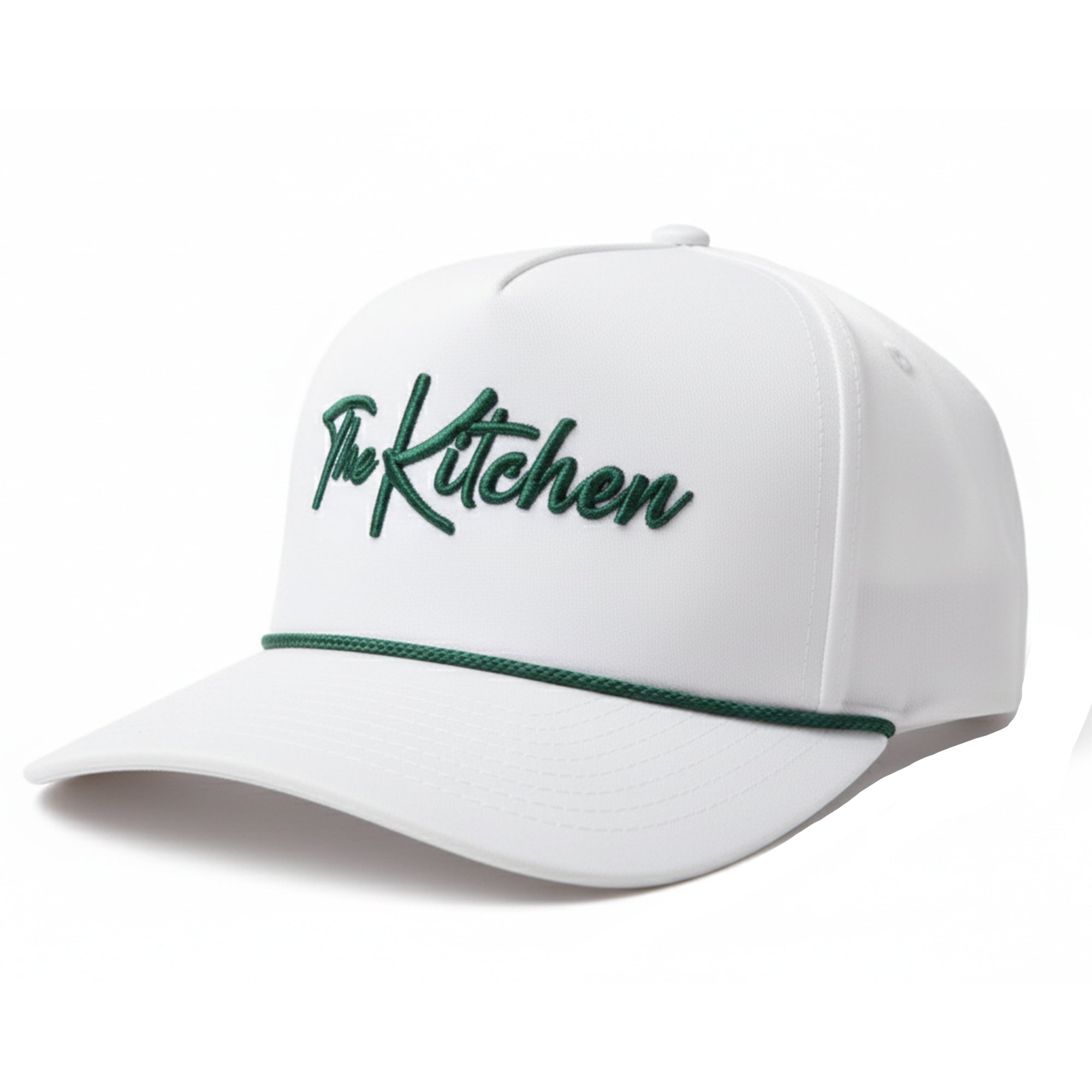The genius behind pickleball – How the rules shape the strategy
Last Edited
Sep 02 2025
Category
Instruction
At first, pickleball seems simple. You learn how to keep score, follow the basic rules like the non-volley zone and the two-bounce rule and feel like you understand the game. But hidden within these rules is something much smarter. The design of pickleball doesn't just make it easier to learn. It makes it strategically brilliant.
A few small limitations, such as the kitchen and the bounce rules, completely change how points unfold. They reverse the logic of tennis, reward smart play over power, and shape everything from serves to dinks.
Pickleball is growing fast, and a big reason is that it is easy to start playing. You do not need formal racket training. You can walk into an open play session, mix into games and have fun. But what really makes pickleball stand out is its structure. A couple of key rules make it a game of positioning, patience, and control.
Two rules in particular change everything:
- The non-volley zone, also known as the kitchen
-The two-bounce rule
To see how different pickleball is, just look at tennis. In tennis doubles, the serving team starts with an advantage. One player is already at the net, and the server moves in after serving. That means both players are in position to volley any return. There is no restriction on where they can hit the ball. The net becomes their territory, and they can attack from anywhere. This is why holding serve is expected in tennis doubles.
Now compare that to pickleball.
The two-bounce rule requires the serve to bounce, and then the return to bounce again before the serving team can play it. That forces the serving team to stay back, while the returning team can move forward to the NVZ line. By the time the third shot is played, the defense is already at the net, while the offense is still deep. That shift is intentional. It gives the returning team the advantage.
The non-volley zone puts control at a premium
The NVZ then adds another layer. In tennis, a player at the net can smash anything. In pickleball, a player cannot volley a ball while standing in the kitchen. This prevents players from hovering over the net and taking away all time and space. The NVZ slows the game down, rewards control and gives the serving team a fair chance to move forward.
So how does the serving team win the point?
That is where the third-shot drop comes in. A soft, accurate shot into the NVZ forces the defenders to let the ball bounce or volley with an upward swing. That buys time. The serving team can now move forward and gain equal footing. If the drop is good, the defenders may even pop it up, allowing the offense to attack. If not, the offense is at least at the net, ready to battle through dinks.
That progression, starting with the serve, the return, the drop, and the move forward, is how most points are built. The drop may not always happen on the third shot. It might come after a drive, as a 5th shot drop or reset, but at higher levels, a drop shot will most always be used to move forward. The NVZ design does this and is what keeps the game strategic. It is the reason points unfold the way they do. Once both teams are at the line, the dinking game begins. Controlled shots, patience, and smart placement lead to attackable opportunities. That is when the point is won or lost.
Pickleball may seem simple at first, and some of this may sound obvious, especially to experienced players. But the design is incredibly smart. The kitchen and two-bounce rule shape every point and force players to think and move with purpose. The sooner players conceptualize these rules and limitations, the sooner they advance. It is not just about following the rules. It is about understanding what they are doing to the flow of the game.
If you have ever wondered why the serving team starts out on defense, or why everyone talks about the third shot drop, this is why.
Payton Bond is a pickleball enthusiast and author who focuses on strategy and helping players better understand the game. This article is adapted from his book, Pickleball Strategy – A Guide to 3.5 and Beyond, available on Amazon.













